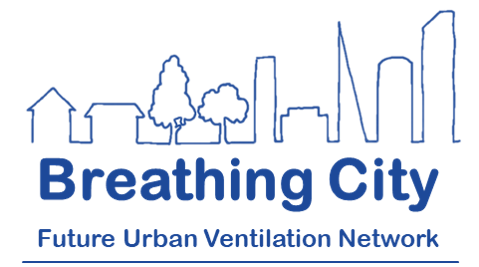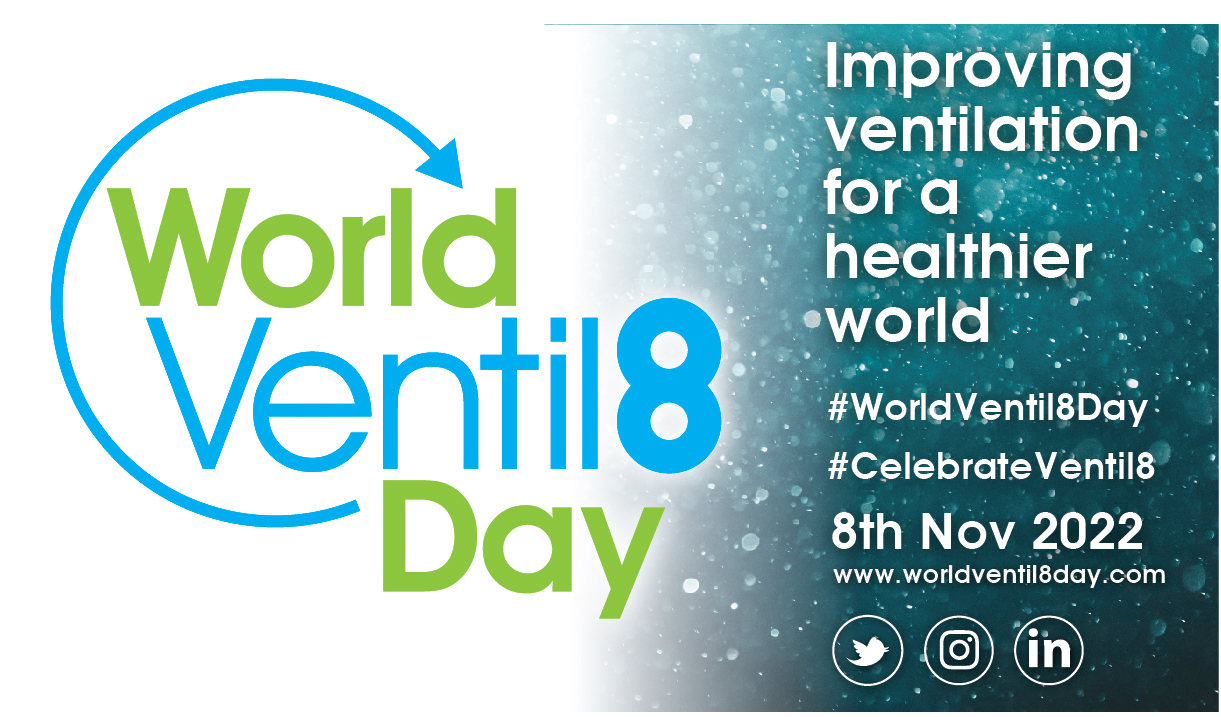06/03/2023 update: This call is now closed
Call to action: To support the efforts described below, and develop research to generate the required knowledge, we intend to develop, and/or support, programmes which seeks to take steps towards linking source control, ventilation, indoor exposures, and health outcomes. To this end we ask that you contact:
Contact: Kat Roberts (kr526@cam.ac.uk) in order to attend a meeting to initiate these efforts.
Target audience: Clinicians, health researchers and applied health researchers, allied health professionals, GPs, health and social care co-ordinators and researchers, and health economists.
Need:
People spend over 90% of their time indoors but the links between health outcomes and air quality are almost exclusively on outdoor air pollutants (Maji, et al., 2017; Hua, et al., 2014; Li, et al., 2020). We need expertise in evidencing and evaluating health outcomes linked to exposures indoors, incorporating both indoor and outdoor sources. Health professionals, building engineers, housing providers, and researchers need to collaborate to ensure all parties jointly inform the development of research to address this need.
Key questions that frame the opportunities:
The potential for harmful indoor exposures increases when indoor sources are neither appropriately managed nor ventilated, or when pollutants ingress from outdoors. Ventilation is known to be important for healthy living environments (‘well ventilated’ spaces being indicated by consistent CO2 levels less than 800ppm, see SAGE EMG & SPI-B, 2021). The pandemic has highlighted how important these factors are for reducing transmission of infections in the indoor environment (Morawska, et al., 2021). Winter is fast approaching, and with it, a desperate need to balance thermal comfort and good indoor air quality with minimal energy use. Establishing the correct balance between these may be different for different people and there could be potential health trade-off’s regarding air quality and cold. When thinking about improving indoor environments, socioeconomic factors play an important role as the incidence of illness due to unhealthy buildings (damp, mould) is thought to increase in deprived areas (Hajat, A., et al., 2015; Fecht, D., et al., 2015). There are engineering solutions available that, if installed correctly, can provide healthy indoor environments. Retrofitting or installing mechanical ventilation, air cleaning devices and/or HEPA filtration are well established interventions which enable building owners to control their indoor environments but with the looming energy and climate crisis and the fact that much of our UK building stock is currently naturally ventilated, these solutions may not be possible solutions for some building owners. Relying on the current building design and operation therefore becomes of paramount importance but we must bear in mind that some buildings are not operating as they were originally intended. There is a long list of potential pitfalls including windows being painted shut, windows or doors being closed for noise control and opening windows for fresh air but inadvertently allowing outside air pollutants to infiltrate inside.
Existing knowledge that links indoor air pollutant exposure to health, and the role of ventilation:
While the depth of understanding of the effects to humans of exposures to outdoor air pollutants has grown rapidly, the role of exposures indoors has rarely been explicitly accounted for in research studies (Weichenthal, et al., 2007). For example, the effects on health from ventilating in locations with highly polluted outdoor air and other diverse outdoor conditions present an important area for future research (Logue, et al., 2012); in particular, the role of housing interventions such as retrofitting to relieve fuel poverty and winter pressures on the NHS. Many review papers have highlighted the need for more research on the impact of sources on indoor and outdoor air pollutants, their associated health risks and how ventilation impacts exposure (Wargocki, P, 2013; Sundell, J, et al., 2006; Ye, et al., 2017; Daisey, 2003). The urgency and gravity of the situation is exemplified by the tragic death of Awaab Ishak in Rochdale, the 2-year-old whose cause of death was linked to indoor mould.
Research focus areas for collaborations between indoor air quality, exposure, and health researchers:
Controlling the emissions of pollutants at source is the optimal strategy for reducing air pollution and protecting health; however, where this is not practical, reducing pollutant concentrations using prevention and reduction methods, such as ventilation, should be employed (Cheek, E., et al., 2021). For future research, ventilation design should shift from a comfort-based design towards incorporating health-based design aspects and consider the different contact scenarios between occupants (Moraswska, et al., 2021). We need to evidence the impact of changes in indoor environments via targeted research and large cohort studies, as well as linking national, routinely collected data on housing stock with national health datasets, spanning the life course from pre-conception to older ages. With this in mind, researchers from across the UK and Europe came together recently for a series of two 2-day events to discuss the implications for developing an indoor air quality observatory in the UK. This event was jointly hosted by Breathing City (FUVN), TAPAS and ICP-ERG. Following in-depth, and collaborative discussions, it was concluded that a UK indoor air quality observatory should be wide-ranging to ensure breadth of knowledge across a broad range of building typologies and should initially seek to leverage the UK’s existing data, but ultimately aim to gather exposure data specific to our nation’s indoor environments and link it to collective health data to influence regulation.
References:
Cheek, E., Guercio, V., Shrubsole, C., Dimitroulopoulou, S. 2021 Portable air purification: Review of impacts on indoor air quality and health. Science of The Total Environment. 766, 142585.
Daisey, J. M., Angell W. J., & Apte, M. G. 2003 Indoor air quality, ventilation and health symptoms in schools: an analysis of existing information. Indoor Air. 13 (1), 53-64.
Fecht, D., et al. 2015 Associations between air pollution and socioeconomic characteristics, ethnicity and age profile of neighbourhoods in England and the Netherlands. Environmental Pollution. 198, 201-210.
Hajat, A., Hsia, C., O’Neill, M. 2015 Socioeconomic Disparities and Air Pollution Exposure: A Global Review. Curr Environ Health Rep. 2(4), 440–450.
Hua, J., et al. 2014 Acute effects of black carbon and PM2. 5 on children asthma admissions: a time-series study in a Chinese city. Sci. Total. Environ. 481, 433–438.
Li, S., et al. 2020 Long-term exposure to PM2. 5 and children’s lung function: a dose-based association analysis. J. Thorac. Dis. 12, 6379.
Logue, Jennifer M., et al. 2012 A method to estimate the chronic health impact of air pollutants in US residences. Environmental Health Perspectives. 120 (2), 216-222.
Maji, K. J., Dikshit, A. K. & Deshpande, A. 2017 Disability-adjusted life years and economic cost assessment of the health effects related to PM2. 5 and PM10 pollution in Mumbai and Delhi, in India from 1991 to 2015. Environ. Sci. Pollut. Res. 24, 4709–4730.
Mendell, M. & Heath, G. 2005 Do Indoor Pollutants and Thermal Conditions in Schools Influence Student Performance? A Critical Review of the Literature. Indoor Air. 15, 27-32.
Morawska, L., et al. (+34 authors) 2021 A paradigm shift to combat indoor respiratory infection. Science. 372 (6543), 698-691.
SAGE EMG & SPI-B. 2021. Application of CO2 monitoring as an approach to managing ventilation to mitigate SARS-CoV-2 transmission. https://www.gov.uk/government/publications/emg-and-spi-b-application-of-co2-monitoring-as-an-approach-to-managing-ventilation-to-mitigate-sars-cov-2-transmission-27-may-2021.
Sundell, J., Levin, H., Novosel, D. 2006 Ventilation Rates and Health: Report of an Interdisciplinary Review of the Scientific Literature (Sponsored by ASHRAE, prepared for the US Department of Energy). National Center for Energy Management and Building Technologies.
Wargocki, P., 2013 The effects of ventilation in homes on health. International Journal of Ventilation. 12 (2), 101-118.
Weichenthal, S., Dufresne, A. & Infante-Rivard, C. 2007 Indoor ultrafine particles and childhood asthma: exploring a potential public health concern. Indoor air 17, 81–91.
Ye, W., Zhang, X., Gao, J., Cao, G., Zhou, X., Su X. 2017 Indoor air pollutants, ventilation rate determinants and potential control strategies in Chinese dwellings: A literature review. Science of the Total Environment. 586, 696-729.


